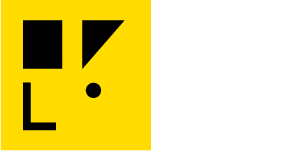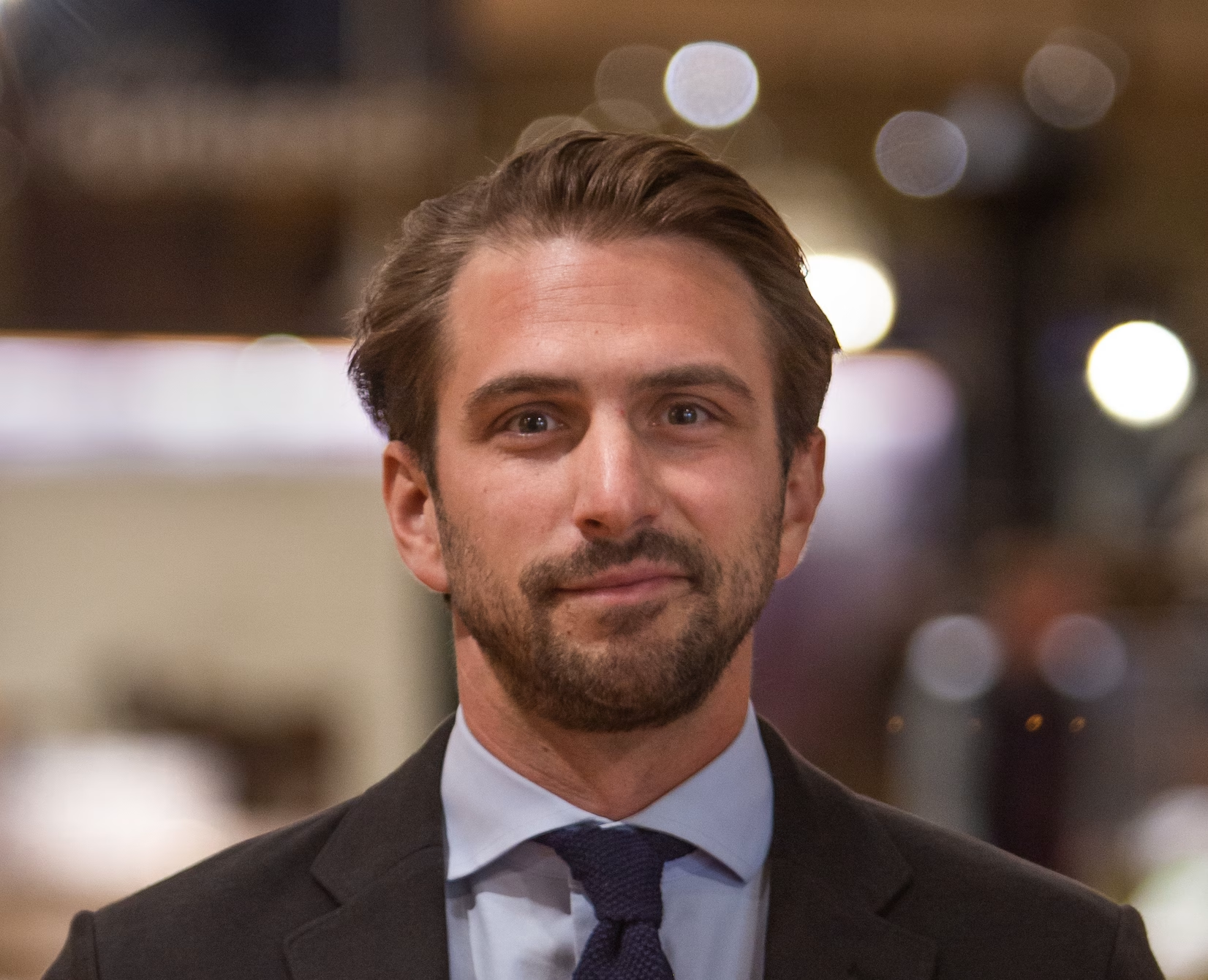The Power of Storytelling in Learning & Leadership
What differentiates us in human evolution is our ability to tell a story, and anyone who has been in a workshop with me knows that I rely on this as a constant for many (possibly too many) of the practices and content of our Youth Leadership Design Jams (YLDJ):
- Avoid coming up with end solutions without building a deeper understanding
- When building Empathy, we will bring in our personal bias; we must address it
- When communicating our idea, centering people will make your concept more compelling
These are all parts of being human: telling stories. Whether synthesizing and analyzing new information, making connections from how you’ve solved problems before, or telling someone about your day, there’s a beginning, a middle, and an end. Using and creating these connections create understanding and belonging in the experience.
The YLDJ Experience: Leadership in Action
For our YLDJ program, we worked with Detroit area youth ages 12-21 and their adult mentors in a team-based experience using identified leadership behaviors and entrepreneurial skills/mindsets to enact positive change in their identified community or organization. The focus is to respond to the need for explicit leadership training for young / emerging leaders and the adults who work with them. Leveraging human-centered design tools and methods and cohort-driven workshops looked like this:
- 3 full cohorts
- 12 hours of collaborative, in-person facilitated sessions
- 5-6 individuals in teams, including an adult mentor
- 2-3 hour sessions with fun, games, content, and collaboration
- 6 weeks to implement a team’s project
- 2 check-in support meetings
- Stipends to participating students and organizations
- 1 final exhibition of projects and team learning
Beyond Traditional Learning: Transferable Skills Through Experience
During YLDJs, we attempt to deliver new content through high-leverage and culturally responsive instructional practices for learners of all ages and abilities while creating space to practice the skills and mindsets embedded within that content. The end goal of that approach to learning is for the transferability of those skills. We attest that learning in traditional educational settings has not worked for everyone and has failed in many ways. The infamous “When will I ever use this” refrain comes to mind. HFLI’s Deeper Learning by Doing® approach, what we call our “special sauce”, uses the same idea of “making connections” that traditional educational environments use, but by way of critical thinking (synthesis, analysis, etc.), creative problem-solving anchored in partnerships focused on self-directed learning.
Working on problems that matter to learners matters. Outside the stand-and-deliver / sit-and-get world is the opportunity for team-based, immersive, hands-on learning that in itself is not a brand-new innovation. However, the use of these approaches creates the grounds for innovation. While coming in with a great deal of confidence and willingness to lean in and be uncomfortable, we saw young people remain steadfast to their efforts throughout our 8 weeks together. In many cases, the after-school timing puts the onus on us as facilitators to create an experience that, while academically rigorous in many ways, feels fun. While syncing schedules proved difficult at times, the experience was a great privilege. In my experience, many educators desire this, the essence of teaching through connection, passion, real-world experience, and inspiration.
Our journey with many teams, some already well on their way to solving intertwined, intractable community challenges, some new to working together, demonstrated a clear autonomous direction and interest from within. One group that comes to mind as part of our Spring 2024 Cohort was primarily comprised of deaf and hard of hearing (DHH) young people. Outside of the pedagogy talk, they embodied the primary purpose for these Design Jams: to address a challenge that matters to teammates. Attempting to impose a directive or focus area to work on would be disingenuous and inauthentic learning, less meaningful time spent, and a superficial impact.
In all of these experiences and musings, as a reader, you may wonder if there are some big sweeping takeaways often customary in the think-pieces of the world. My small sound bite distilled from all of my time with YLDJs isn’t a top 5 list, a “hot take” with some “clickbaity” title, or a prescriptive outcome. With all the risk of sounding soppy and passé, maybe it’s simply about trusting the process and the people. Perhaps those are the ingredients we need to reinforce the unfashionable skills that are “durable” through time and based on people, which we can use to create impact and succeed together.



